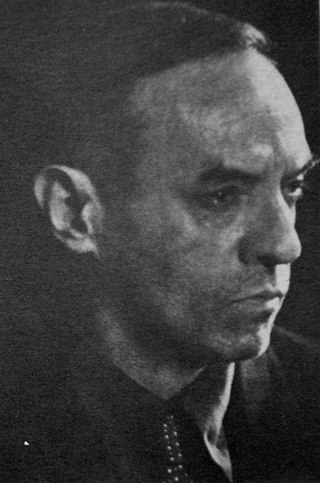
Xul Solar was the adopted name of Oscar Agustín Alejandro Schulz Solari, an Argentine painter, sculptor, writer, and inventor of imaginary languages.
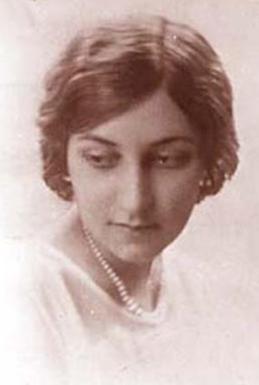
Leonor Fanny "Norah" Borges Acevedo, was an Argentine visual artist and art critic, member of the Florida group, and sister of the Argentine writer Jorge Luis Borges.
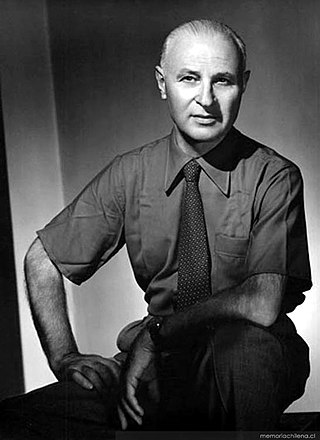
Emilio Pettoruti (1892–1971) was an Argentine painter, who caused a scandal with his avant-garde cubist exhibition in 1924 in Buenos Aires. At the beginning of the twentieth century, Buenos Aires was a city full of artistic development. Pettoruti's career was thriving during the 1920s when "Argentina witnessed a decade of dynamic artistic activity; it was an era of euphoria, a time when the definition of modernity was developed." While Pettoruti was influenced by Cubism, Futurism, Constructivism, and Abstraction, he did not claim to paint in any of those styles in particular. Exhibiting all over Europe and Argentina, Emilio Pettoruti is remembered as one of the most influential artists in Argentina in the 20th century for his unique style and vision.

Gyula Kosice, born as Ferdinand Fallik, was a Czechoslovakian-born and naturalized Argentine sculptor, plastic artist, theorist, and poet. He played a pivotal role in defining the concrete and non-figurative art movements in Argentina and was one of the precursors of kinetic, luminal, and hyrdokinetic avant-garde art. His work was revolutionary in that it used, for the first time in international art scene, water and neon gas as part of the artwork.
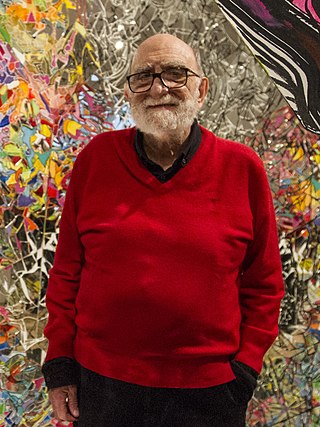
Luis Felipe Noé is an Argentine artist, writer, intellectual and teacher. He is known in his home country as Yuyo. In 1961 he formed Otra Figuración with three other Argentine artists. Their eponymous exhibition and subsequent work greatly influenced the Neofiguration movement. After the group disbanded, Noé relocated to New York City where he painted and showed assemblages that stretched the boundaries of the canvas.
Cundo Bermúdez, born Secundino (Cundo) Bermúdez y Delgado, was a Cuban painter. Born in Havana, Cuba, he died of a heart attack in his Westchester home on October 30, 2008.
Ernesto de la Cárcova y Arrotea was an Argentine painter of the Realist school.

Martín Malharro (1865–1911) was an Argentine painter who introduced Impressionism in the country in the early 20th century.

Pío Collivadino was an Argentine painter of the post-impressionist school.

Roberto Aizenberg, nicknamed "Bobby", was an Argentine painter and sculptor. He was considered the best-known orthodox surrealist painter in Argentina.
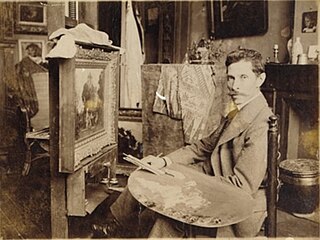
Johannes Evert Hendrik Akkeringa was part of the second generation of the Hague School painters. Akkeringa is primarily known for his paintings and watercolours of women and playing children at the beach, women mending nets and intimate tea-time conversations.
Aquiles Badi (1894–1976) was twentieth-century Argentine painter. He was born in Buenos Aires on April 14, 1894, and died in that same city on May 8, 1976.
Luis Frangella was an Argentinian figurative post-modern painter and sculptor associated with the expressionist painting of the Lower East Side of New York City in the 1980s. He received a Guggenheim Fellowship in 1982. He died of AIDS in 1990.

Eduardo Navarro is a contemporary Argentinian artist. He lives and works in Buenos Aires, Argentina. Since 2002, he has worked in a variety of mediums, including sculpture, collage, performance and installation.
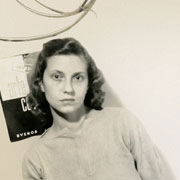
Lidia "Lidy" Elena Prati (1921–2008) was an Argentine painter who was known for her abstract, geometric paintings. Her artwork called into question representational art and was influential in defining the concrete art movement in Latin America. Prati contributed to the publication of Arturo magazine and during the 1940s, was one of the founding members of the Asociación Arte Concreto-Invención (AACI) art movement along with Enio Iommi and Tomás Maldonado. While she is primarily known for her concrete art paintings, Prati also worked in graphic and layout design and worked with textiles and jewelry.

Juan Nicolás Melé was an Argentine sculptor, painter, and art critic. Melé was a member of the Asociación Arte Concreto-Invención as well as co-founder of the Grupo Arte Nuevo.

Julia Wernicke was an Argentine painter and engraver. She is known as the first animalist painter from Argentina and incorporated exotic animals into her paintings. She paved the way for female artists in Argentina through many firsts, especially within the discipline of engraving. Wernicke was one of the first women to have an individual exhibition of works in Buenos Aires, in 1897; and the first person to have an individual exhibition of engraved etchings in Argentina, in 1909.

Augusto Ballerini was an Argentine painter of portraits, historical scenes and landscapes.
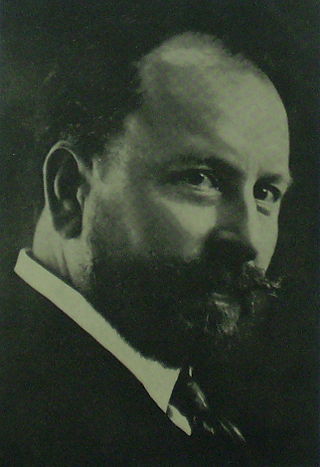
Carlos Pablo Ripamonte was an Argentine painter.















